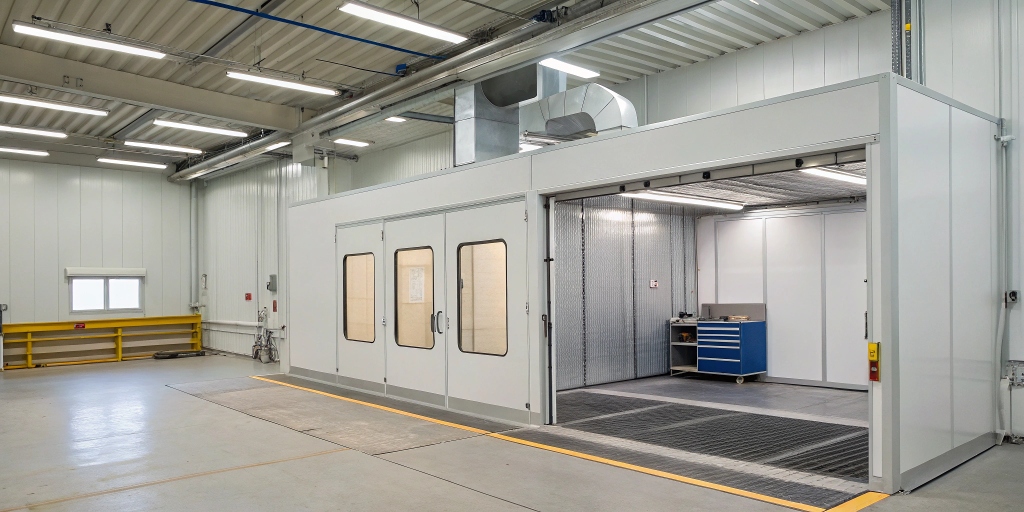Hard chrome and decorative chrome plating sound very similar, but they are different types of finishes that produce different qualities in the eventual piece. You need to understand these differences to choose the most appropriate process, so let’s look at them in more detail.
What is chrome plating?
Chrome plating is the process of coating another substance with a layer of chromium, a shiny metal with a range of beneficial properties. The substrate is cleaned and sometimes treated with chemicals before being submerged in an electrolytic bath that causes the chrome to attach to the surface.
Hard chrome plating
Hard chrome plating by surface treatment specialists such as https://www.poeton.co.uk/advanced-treatments/apticote-100-hard-chrome-plating involves a thicker layer of chrome than decorative chrome plating. This makes for a harder, more durable finish that is corrosion-resistant and low-friction, making it suitable for a range of industrial applications such as producing mechanical parts.
Decorative chrome plating
In contrast, decorative chrome plating, whilst being applied using a similar electrolytic bath process, attaches a thinner layer of chrome. This coating is still protective, able to resist exposure to oxygen, moisture, and chemicals, but not as strong as in hard plating. The main purpose here is aesthetic, creating a smooth and shiny surface that is pleasing to the eye and easy to clean. You may find it used on some tools and automotive parts, and on musical instruments and even cooking utensils.
Once you understand these differences between hard chrome and decorative chrome plating, you will be able to decide which of these processes is best suited to your needs.


